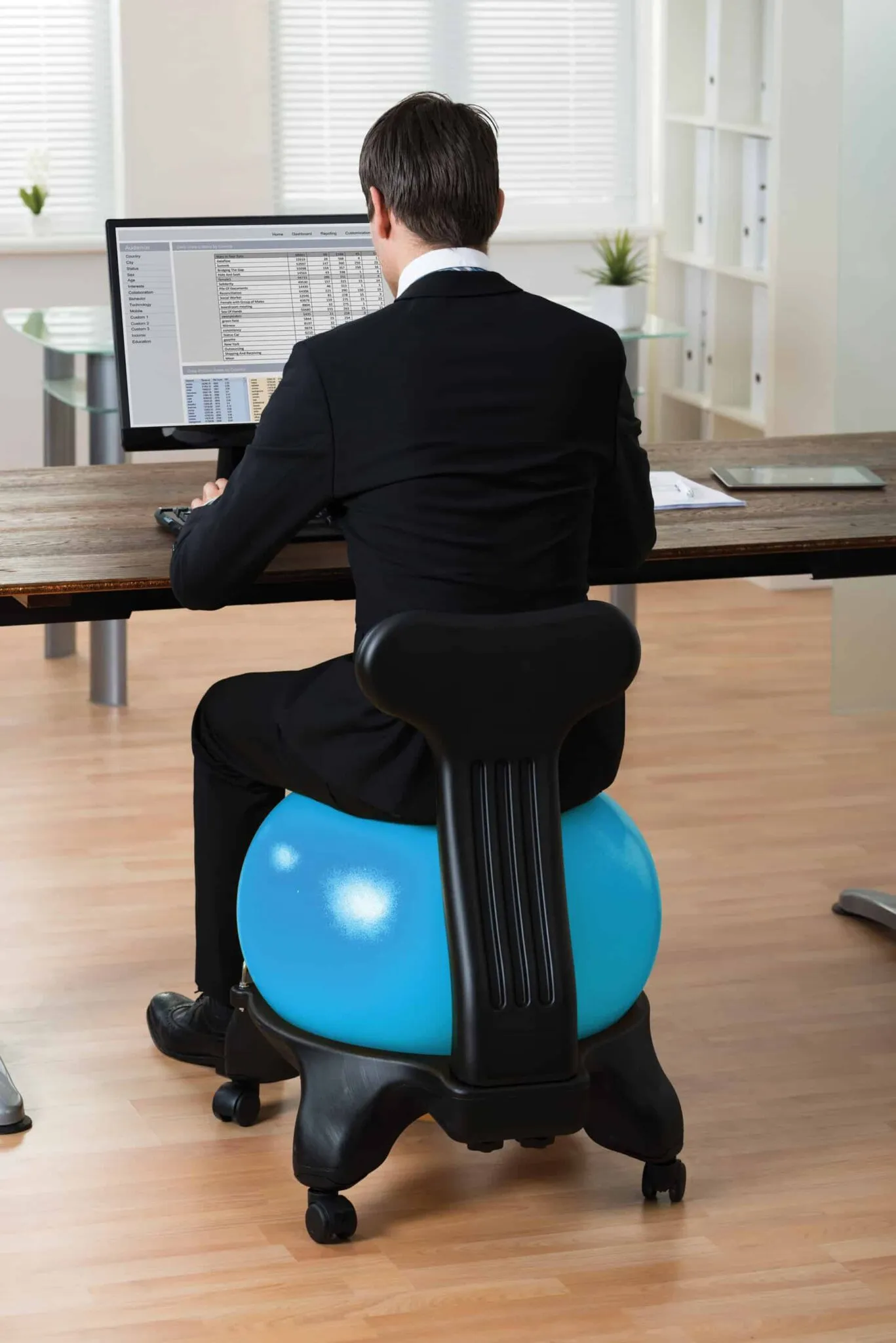Executive Health: Just do something

The first step toward staying fit as a busy executive is to get moving.
Most fitness experts agree that people don’t have to start off running marathons or working out for hours at their local gym. What they do need to do is walk. Walk around their neighborhood. Walk around the office. Walk up and down stairs.
“Wherever you are, everyone can do a little bit of cardiovascular exercise in the morning, before the day gets going. It will help to speed the metabolism,” said Bonni Raderman, a personal development, wellness and fitness coach in…
THIS ARTICLE IS FOR SUBSCRIBERS ONLY
Continue reading for less than $3 per week!
Get a month of award-winning local business news, trends and insights
Access award-winning content today!
